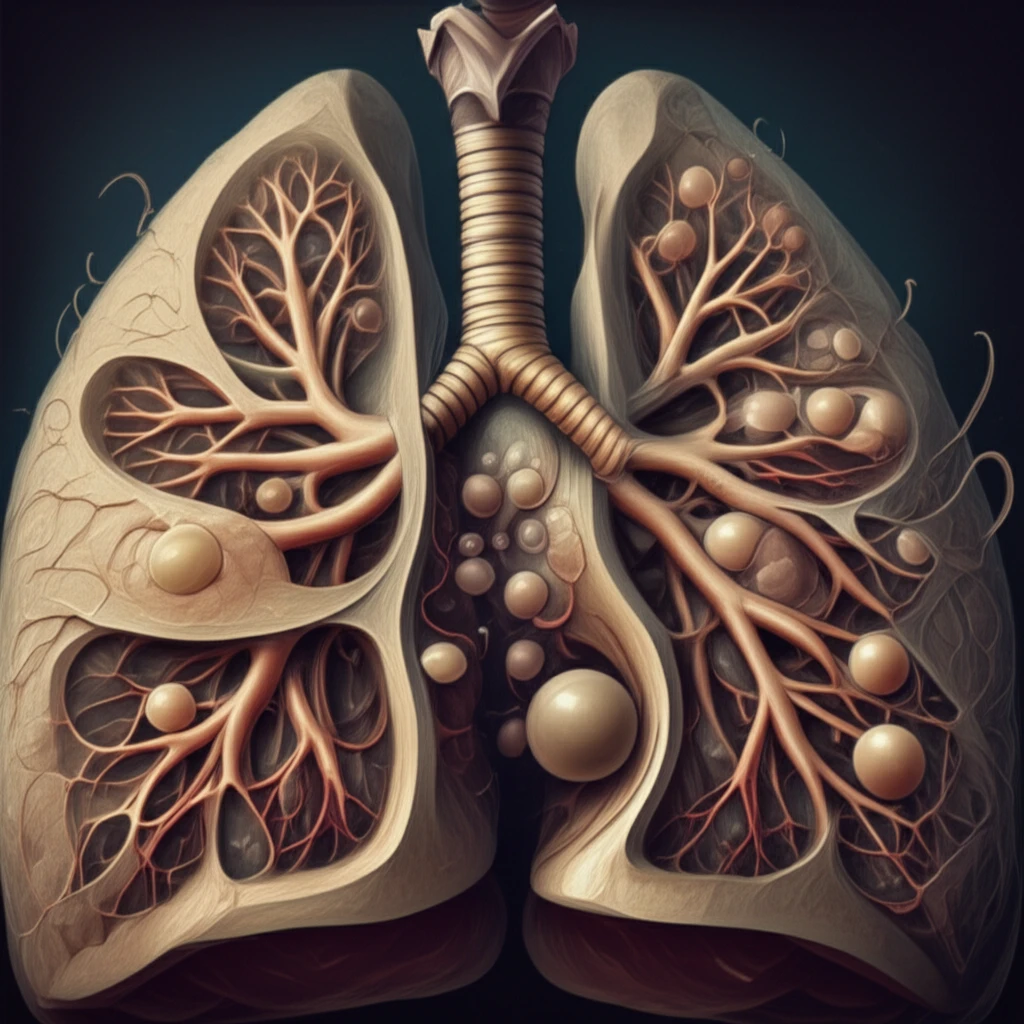
Pulmonary Hydatid Cysts: What You Need to Know About This Rare Lung Infection
"Understanding the causes, symptoms, and treatment of pulmonary hydatid cysts, a parasitic infection affecting the lungs."
Have you ever heard of a parasitic infection that can take root in your lungs? Pulmonary hydatid cysts, caused by the Echinococcus tapeworm, are a rare but significant health concern, especially in regions where livestock farming is common. Understanding this condition is crucial for early diagnosis and effective treatment.
Hydatid disease, or echinococcosis, is transmitted to humans through contact with infected animals, primarily sheep and cattle. The tapeworm's larval stage forms cysts in various organs, with the liver and lungs being the most common sites. When these cysts develop in the lungs, they can cause a range of respiratory symptoms.
This article delves into a recent case report of a 13-year-old boy diagnosed with pulmonary hydatid cysts, shedding light on the causes, symptoms, diagnosis, and treatment strategies for this often-misunderstood infection.
What Are the Symptoms of Pulmonary Hydatid Cysts?

Pulmonary hydatid cysts can manifest in various ways, depending on their size and location in the lungs. Some individuals may experience no symptoms at all in the early stages, while others may develop:
- Chronic cough (either dry or productive)
- Shortness of breath (dyspnea)
- Chest pain (pleuritic)
- Coughing up blood (hemoptysis)
- In some instances, complications such as bronchial compression or cyst rupture can occur, leading to more severe symptoms. If a cyst ruptures, it can cause allergic reactions or even anaphylaxis.
Early Detection and Treatment Are Key
Pulmonary hydatid cysts, while rare, can pose significant health risks if left untreated. Early detection through imaging techniques like CT scans, combined with accurate diagnosis, is crucial for effective management.
Surgical intervention, involving cyst resection, remains the primary treatment approach. In conjunction with surgery, medications like albendazole are used to prevent recurrence and spread of the infection.
If you experience persistent respiratory symptoms, especially if you have a history of contact with livestock or have lived in endemic regions, consult a healthcare professional for prompt evaluation. Raising awareness and educating communities about the risks of hydatid disease are essential for prevention and control.
